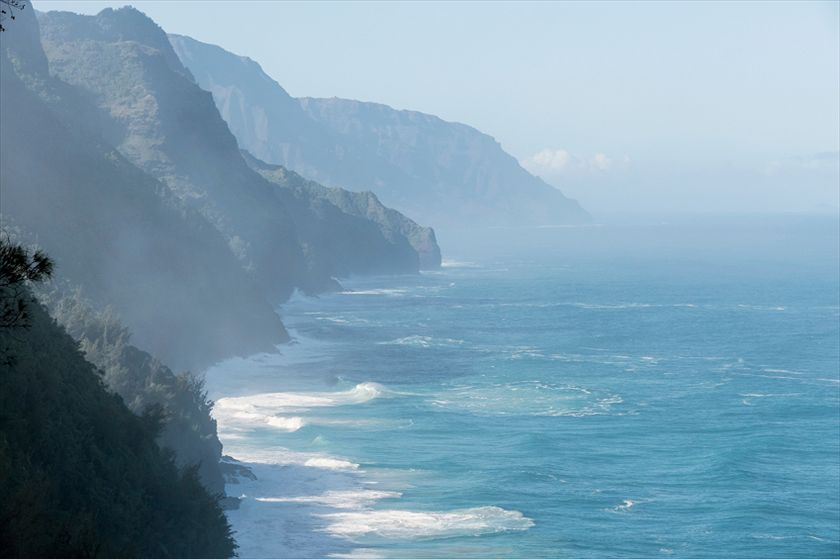Pacific slows global warming temporarily
According to a group of scientists, led by Tom Delworth says that strong winds, blowing east to west across the Pacific Ocean had slowed down melting of ice. But that could change within the few years.
The climate modeler at NOAA’s Geophysical Fluid Dynamics Laboratory, Delworth says that this pushing of the accumulating heat into the ocean has caused an increased upwelling of cold water, near the coasts of western US.
The National Oceanic and Atmospheric Administration lab is located in Princeton, New Jersey. This explains why the temperatures have not been rising as fast as climate models had previously suggested, over the past 15 to 20 years. This was called as “the slowdown” by scientists.
Delworth and his team have reached to the conclusion that cold water was responsible for slowing the global warming effects. It is also believed that the cold water is responsible for the prolonged droughts, which plagued the western coasts of US for nearly two decades.
The buffer zone, caused because of the cold water acts like a blockade to the moisture-filled weather systems. This has caused large storms to shift northwards to Canada.
Interestingly, a similar study, which was published recently in the Nature Climate Change Journal, also blames the Pacific Ocean for “the Slowdown”. They have cited this phenomenon as the ‘Pacific Decadal Oscillation’ (PDO) and ‘Interdecadal Pacific Oscillation (IPO)). Scientists have however warned that the slowdown in not permanent in nature. If history is to be referred, IPO switches back to warm phase and kicks global warming into a higher gear.
Aigup Dai, an atmospheric scientist at the University at Albany, and the author of the new study in Nature, mentioned that the tropical Pacific remains in relative cold condition during the negative IPO phase. However, because the global mean-temperatures tend to be lesser during the negative IPO phase, phase changes could have larger implications to the rate of global warming.
